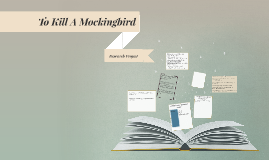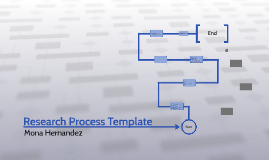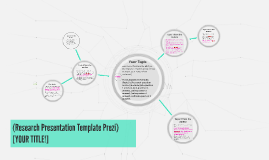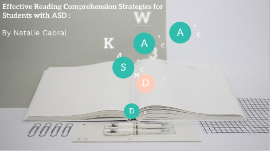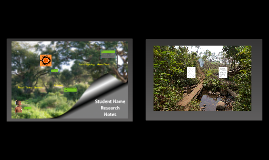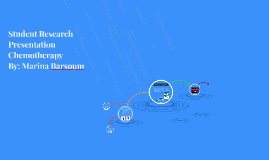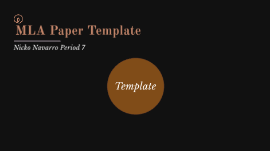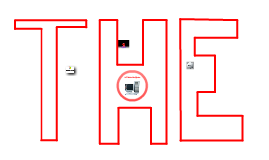Research Presentation Template Prezi
Transcript: This is a couple of sentences combining a rewritten thesis statement and something to think about for the audience. (Think of how your topic affects us today, affected the world, or affected history. BIG PICTURE STUFF. ) Same goes here as for topic 1. :) As for those sources, we have to get them properly cited. Getting them cited can be frustrating, but it's really just plugging what information we have into the formulas. Topic 1 from the Outline You will have three bullet points for each slide. They will each be a brief sentence summing up the evidence you got in your research. You will make a notecard for each bullet point with your quotes, paraphrases, or summaries from your research. Not everything you say will be on the Prezi. Topic 5 from the Outline (THIS IS YOUR LAST SLIDE, SO YOU SHOULD NOW TAKE THE TIME TO "PRESENT" TO YOURSELF TO MAKE SURE THE SLIDES ARE IN THE ORDER YOU INTENDED. IF YOU FIND THEY ARE NOT, EDIT AND THE LEFT OF THE SCREEN ALLOWS YOU TO CLICK AND DRAG SLIDES INTO THE ORDER YOU DESIRE. :) Topic 2 from the Outline The same goes here for Topic 1's slide. :) About those notecards...you want to put the topic number at the top, with the bullet point number in parentheses. Make sure you have a notecard for each bullet point. You need at least one picture for each slide! Be sure that it is relevant to the slide. Be sure to put each picture's link below each picture to show where you got it. Works Cited Topic 3 from the Outline The same goes here as for Topic 1. :) About those quotes, paraphrases, and summaries on your notecards for each bullet point... be sure you mention the source in the sentence. For instance: According to [source], [topic] [evidence]. OR [Source] reports that [topic] [evidence]. Here you will summarize what you found in your research in one strong sentence. (This is your thesis statement.) Thesis Statement Formula: [Topic] is [Research Question Answer] because [sub-question 1 answer], [sub-question 2 answer], [sub-question 3 answer], [sub-question 4 answer], and [sub-question 5 answer]. Conclusion The same goes here as for Topic 1. :) About those paraphrases, quotes, and summaries on your notecards...they should prove the bullet point they are written down for. They are the EVIDENCE. The bullet points are supporting details. :) Your Topic (Research Presentation Template Prezi) [YOUR TITLE!] Topic 4 from the Outline Here you will copy and paste info from your Works Cited Word Document. Be careful that you have a citation for each source you used!






